Boasting exceptional year round wildlife, the Masai Mara is a must visit for anyone on safari in Kenya for the first time. A Masai Mara holiday rarely disappoints, this is especially the case from July to October during the Great Wildebeest Migration. Well-managed examples of sustainable tourism have developed as conservancies around the Masai Mara Game Reserve, these areas are carefully controlled areas of land, managed by the high-end safari lodges who lease them from the local Masai.A long term initiative to involve Kenyans with high end tourism and protect wildlife at the same time. The Masai Mara is a single destination in itself, however, it also combines excellently with the safari areas to the north and indeed the Serengeti across the border to the south. Masai Mara holidays will create memories that will last a life time.
All of the trips we create for Maasai Mara are designed and tailored specifically for you. We create each trip from a blank piece of paper, building the holiday you had dreamed, using our experience, knowledge and contacts to design the ultimate experience.
Below are some of examples of trips in Maasai Mara that we have created, designed to showcase the destination, our expertise and create some inspiration.
8 Day Itinerary
Guide Price: £8,500pp
Guide Price: $11,000pp
Escape the crowds and journey to Kenya to delve into an array of unforgettable wildlife experiences. Embark on thrilling game drives through the Maasai Mara and visit the Elephant Orphanage and Giraffe Centre, all for close encounters with Kenya’s magnificent creatures.
12 Day Itinerary
Guide Price: £16,300pp
Guide Price: $19,500pp
Embark on an extraordinary Kenyan adventure which will weave together the Maasai Mara with the scenic Chyulu Hills, resulting in incredible wildlife sightings. Experience this trip in luxury by residing in the best accommodations in Kenya and on the Kenyan coastline.
10 Day Itinerary
Guide Price: £6,700pp
Guide Price: $8,000pp
Embark on a journey to Kenya and Zanzibar, merging the ultimate safari in the Masai Mara Game Reserve with the serenity of pristine beaches and sparkling seas for an ideal blend of wilderness and coastal relaxation.
Duration: 8 Days
Guide Price: $11,000pp
Guide Price: £8,500pp
Destination:
Escape the crowds and journey to Kenya to delve into an array of unforgettable wildlife experiences. Embark on thrilling game drives through the Maasai Mara and visit the Elephant Orphanage and Giraffe Centre, all for close encounters with Kenya’s magnificent creatures.
Duration: 12 Days
Guide Price: $19,500pp
Guide Price: £16,300pp
Destination:
Embark on an extraordinary Kenyan adventure which will weave together the Maasai Mara with the scenic Chyulu Hills, resulting in incredible wildlife sightings. Experience this trip in luxury by residing in the best accommodations in Kenya and on the Kenyan coastline.
Perfect For:
Duration: 10 Days
Guide Price: $8,000pp
Guide Price: £6,700pp
Embark on a journey to Kenya and Zanzibar, merging the ultimate safari in the Masai Mara Game Reserve with the serenity of pristine beaches and sparkling seas for an ideal blend of wilderness and coastal relaxation.
Serian was the first of Alex’s camps, and it perfectly captures the essence of its name: meaning ‘peaceful, calm, serene’ in the Masai language, it was designed to be a retreat from the bustle of contemporary life, and a chance to experience untamed Africa in traditional tented splendour.
Located in the Mara North Conservancy and accessed by a rope bridge, Ngare Serian is an intimate camp on the banks of the Mara River.
The Masai Mara is one of the largest game reserves in Africa.
Nkorombo is Serian’s tented mobile camp, set on a private riverside site in the Masai Mara Reserve.
Elephant Pepper Camp is situated in the prime core of the protected and private Mara North Conservancy wilderness area.
This lovely Bush Villa is located on the border of the beautiful Masai Mara and Serengeti game reserves.
The wildlife is absolutely extraordinary in the Masai Mara Conservancies.
Featured
The camp has a strong conservation base and staying here contributes directly to the cause.
Saruni Wild is a tented camp elegantly and comfortably furnished with all the necessary luxuries of a wild yet classic safari.
Rekero has a long and proud history in the Mara that lends to it a depth of character and low-key authenticity that is the hallmark of this luxury tented camp.

INSPIRATION
SIGN UP